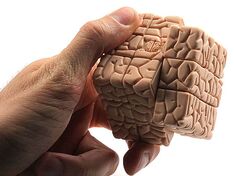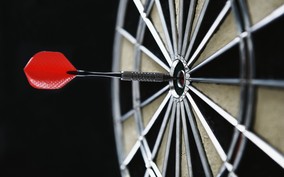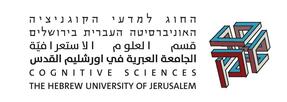BrainIn the LandauLab we are thriving to understand how the brain produces cognitive feats such as attention and timing.
In order to do so, we test predictions that stem from physiological models. A good physiological model can predict behaviors or physiology. Behavior, if you will, is a fancy way to access computational routines our brain engages in to complete the task at hand. We want to shed light on these routines. |
AttentionAttention presents an interesting conundrum for the study of cognition and cognitive neuroscience. At a basic level, attention — our ability to work with sensory input and select relevant portions of it while ignoring distracting portions of it — is a computational routine that has to engage many different systems.
We are interested in how this is carried out in time, as well as in space. Previously we focused mostly on visual spatial attention, but these days we are branching out to new horizons, incorporating models for feature attention as well as cross modal attention. |
TimeOur work on timing has two main foci.
At a psychophysical level we would like to come up with good measures that will improve our grasp of how information is integrated into one perceptual moment. At a physiological level, we are developing a neural model for how people encode the passage of time. We hope to eventually be able to delineate a hierarchy in time processing ranging from the sensory-specific subsencond interval timing to the suprasecond time scales within and between different modalities. In order to do so, we employ noninvasive physiology, and are building a multi modal experimental setup. |





